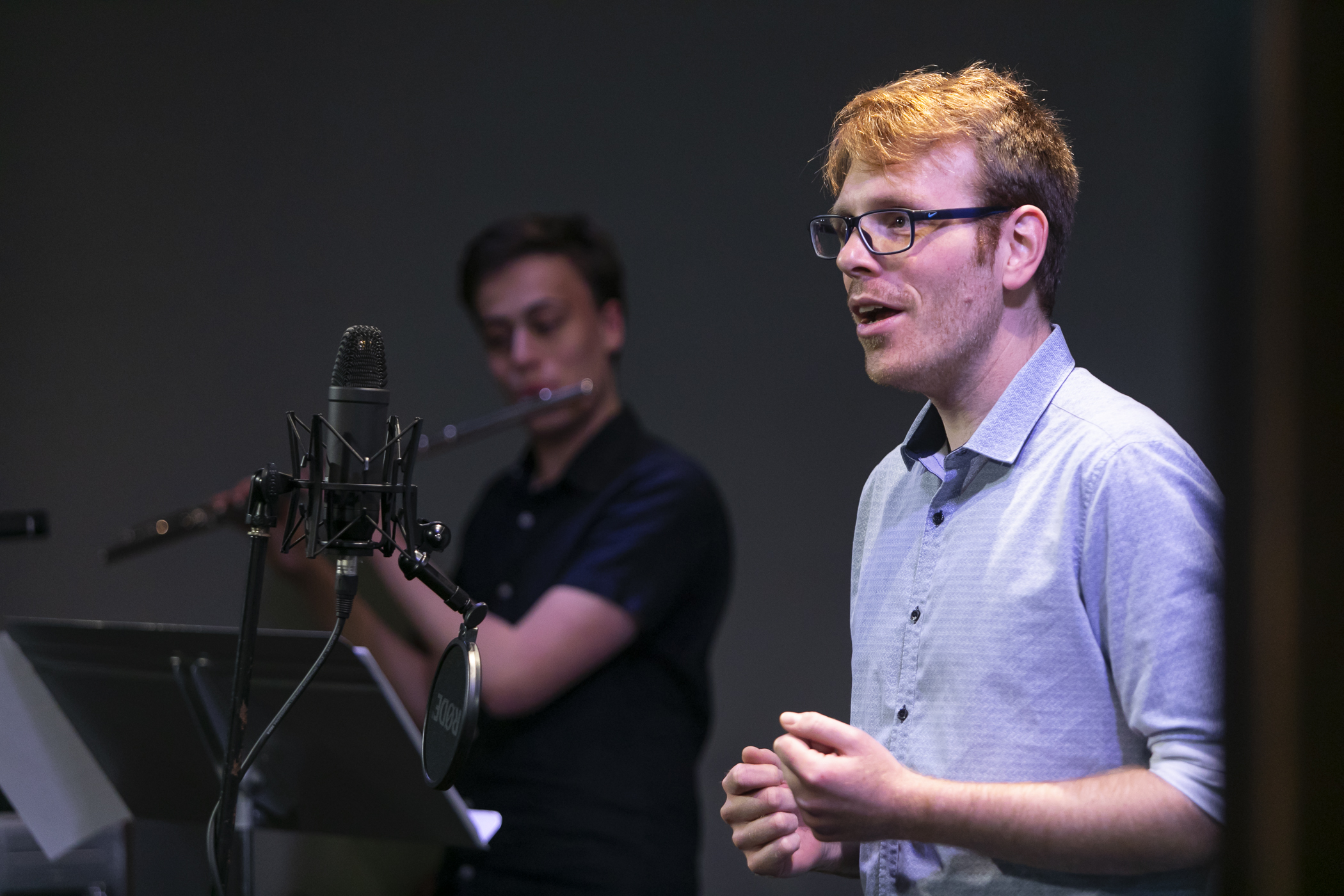How lip buzzes, tongue trills and humming fine tune your singing
When you were a child, if you pursed your lips and vibrated them to make a ‘broom, broom’ sound when pretending to drive a car, you were performing a lip buzz. These, along with tongue trills, humming and similar voice warm ups are often referred to as semi-occluded vocal tract (SOVT) exercises. This term refers to the partial closure of the vocal tract as air flows through and you create sound.
What are the benefits of humming, lip buzzes and tongue trills for singing?
In general, they help your voice learn flexibility and how to play with your range without pushing or straining your vocal cor
ds. These voice warm-ups are gentler than launching straight into vowel sounds. You can also use them to work through tricky pitches or passages in songs, replacing the lyrics with humming or trilling the melody until it feels easier.
Let’s look at each in more detail.
Lip buzzes
For a lip buzz (sometimes called a lip trill), you partially close at the lip point as if you’re saying the letter ‘b’. Your tongue should be resting behind your bottom teeth. Concentrate on keeping an energised breath flow, with your throat and pharyngal area relaxed, open and ‘wide’; your larynx stable.
Flutter your lips quickly on an exhale. This creates ‘resistance’ to your breath flow as it moves from your lower torso, causing a vibration sensation around your lips and maybe in your cheeks. Listen to these excellent examples by one of my singing students, Ange. They have the light, easy, flowing sound you’ll want to aim for.
Listen to the audio file here:
If you’re new to lip buzzes, try a few unvoiced first. Once this feels comfortable, try adding voice and sliding up and down your pitch range to see how far you can move in that range. Ignore any bumps, clicks or breaks in vibrating your lips, or creating sound. You’ll smooth them out with practice. To help maintain correct lip position for a more fluid buzz, place two fingertips gently under your cheeks and press up, or at your lip corners and push lightly, to increase the pout shape.
It’s important to find the right lip shape and breath pressure, because lip buzzes are about finding the right amount of breath balance to meet the right amount of resistance so you make the right amount of sound.
Fellow singing teacher, and former student, Rena El-Khoury and I spoke recently about the benefits of lip buzzes. Watch our video for:
- How to breathe well to set up for SOVT exercises
- How to use lip buzzes to blend your vocal registers
- Rena’s demonstration of using humming and lip buzzes to work through specific song phrases and register shifts.
Tongue trills
Tongue trills require a fair flow of balanced, pressured air, so this exercise can be troublesome and dispiriting for beginners when the sound and air flow cut out quickly.
For a tongue trill to work, you need a degree of tongue looseness. Start with the tip of the tongue against the ridge behind your top front teeth, partially sealing the mouth. Then move air from your mid section and flutter the tongue against this ridge as air flows steadily.
Keep the back of your tongue easy, not held, and the throat and neck muscles open and flexible. If you experience jaw tension, tongue trills will highlight this issue and you will need to work on loosening your jaw.
It may take a while to notice, and adjust, these actions. But if you persist, you will better understand how your body works when finding the balance of air flow for sound flow.
Humming

Photo by Darius Bashar from Unsplash
Many of us hum to ourselves on occasion, and it’s a natural, popular vocal warm up – that warm, light, sustained ‘mmm’ sound.
As you inhale before humming, keep your soft palate raised and throat open. Then as you make the sound, ensure its placed forward, not at the back of your throat. If you feel the vibrations in your face, not your neck and throat, you’re humming correctly. In fact, this is where you need to feel vibrations when singing which, in turn, helps with finer, accurate tuning.
Humming also helps you coordinate the physical aspects of setting up the body and voice for singing, making you aware of the engagement needed in the torso for breath flow.
While everyone can hum, many singers find either lip buzzes or tongue trills easier to do. Find yours and master it, to improve your singing. Which do you prefer?
Kathleen Connell supports singers in these and other foundational aspects of voice training. Browse our in-person or online singing lessons, or call us on 0402 409 106.



